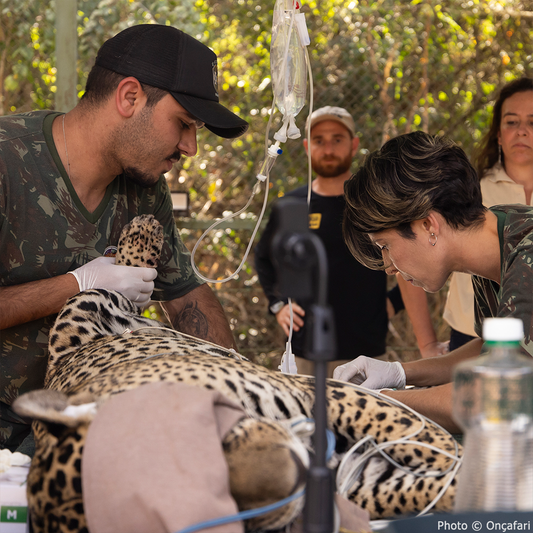Annual Mammograms or Biennial Mammograms? New Research Supports the Former
Michelle Milliken
Adobe Stock / Andrey Popov
Mammogram recommendations aren’t consistent across all organizations or government agencies. While the United States Preventive Services Task Force (USPSTF) officially changed its guidelines earlier this year to begin regular screening at 40, its Canadian counterpart recently stuck to its recommended starting age of 50.
How often to get screened is another unsettled question. The USPSTF says mammograms should be done every other year, while the American College of Radiology recommends doing so every year. The American College of Obstetricians and Gynecologists, meanwhile, says either is fine. With varied guidelines, many women may not be sure which is best. New research, though, indicates there may be strong benefits to annual screenings.

A study recently published in the Journal of Clinical Oncology analyzed late stage cancer diagnoses and overall survival in breast cancer patients, based on how often they were screening before diagnosis. After analyzing data from more than 8,000 patients diagnosed between 2004 and 2019, the research team found that there were fewer late stage diagnoses (stage IIB or later) and better survival rates in those who had been screened annually than those who had not.
Dr. Margarita Zuley, the study’s lead author and director of breast imaging quality at University of Pittsburgh Medical Center, says, "Only about 65% of women over age 40 are screened for breast cancer, and only about half of those women are getting annual screening—in part because of conflicting guidelines about recommended screening intervals. Our study shows that there is a significant benefit for annual screening over biennial screening, including in premenopausal women."
The study defined annual screening as 15 months or less between mammograms, biennial screening as more than 15 months to 27 months between appointments, and intermittent screening as more than 27 months between mammograms. The researchers found that late stage cancer was diagnosed in 9% of annual screeners, 14% of biennial screeners, and 19% of intermittent screeners. The latter two groups also had worse overall survival rates after diagnosis.

With the findings suggesting there are better outcomes for breast cancer patients who had been screened annually, the researchers say that getting your mammogram every year beginning at 40 may be a good idea.
They also recognize, though, that doing so may lead to more false positives, which are common. According to the American Cancer Society, about half of women screened annually over a 10-year period will end up with a false positive at some point. This may mean further testing, maybe even a biopsy, as well as extra anxiety. However, the researchers believe the benefits outweigh the harms.
Dr. Zuley says, "We recognize that there are potential harms associated with calling women back for additional screening, but I don't think that these harms outweigh the risk of missing cancers and women dying as a result. We're also working on testing screening tools that have lower false positives than mammography and pushing on every front to identify the most cost-effective and accurate way of taking care of our patients."
If you have questions or concerns about your own mammogram frequency, be sure to reach out to your doctor.

Michelle has a journalism degree and has spent more than seven years working in broadcast news. She's also been known to write some silly stuff for humor websites. When she's not writing, she's probably getting lost in nature, with a fully-stocked backpack, of course.




















